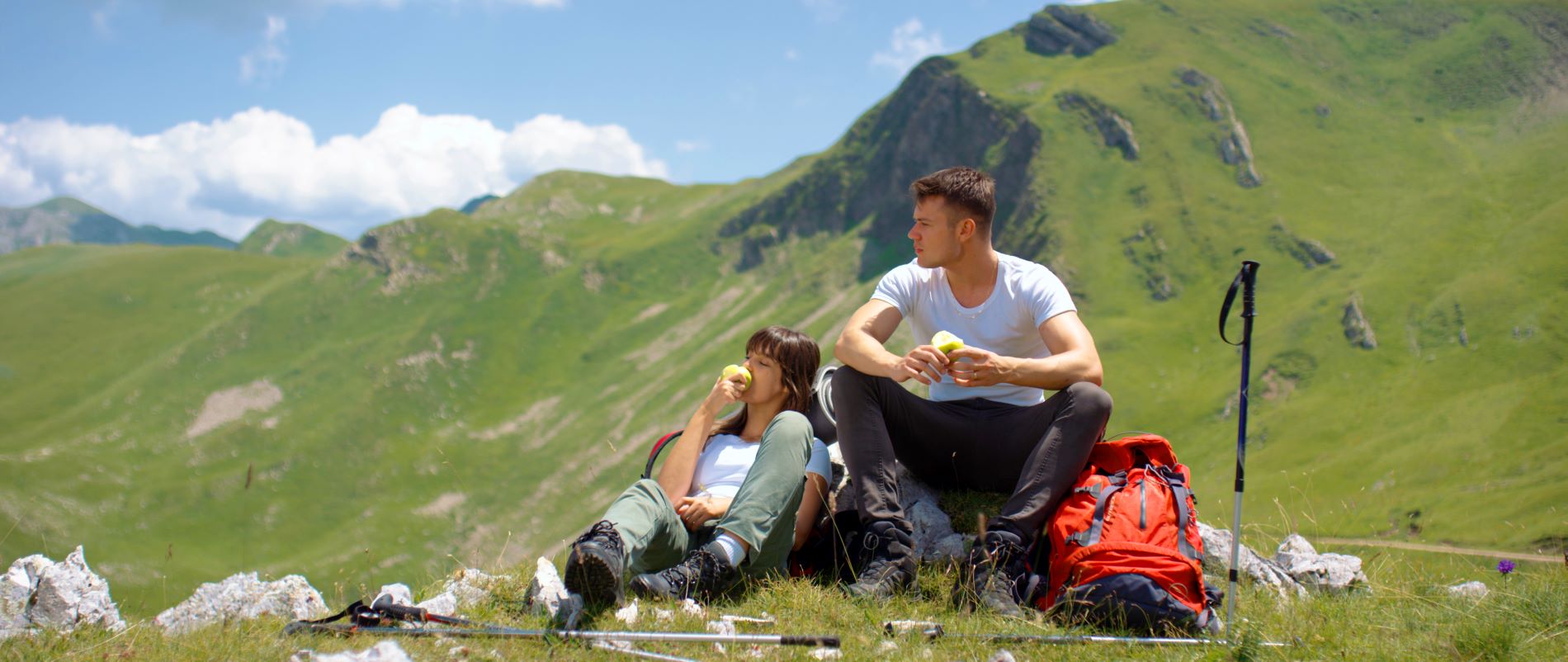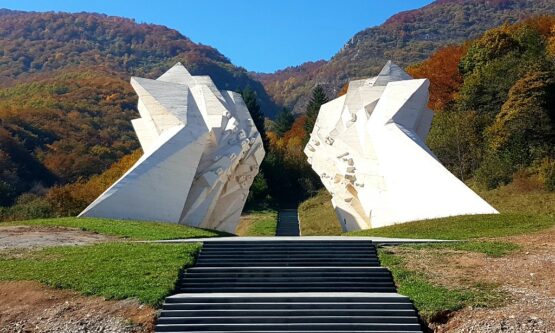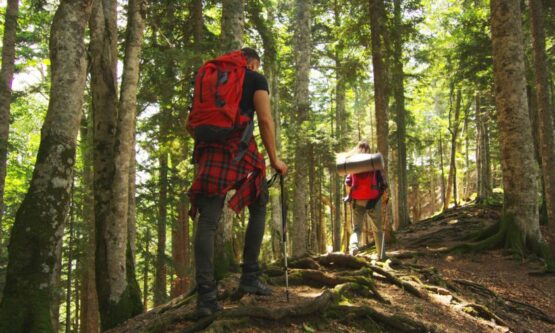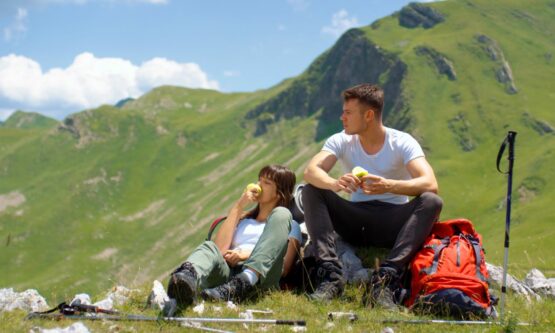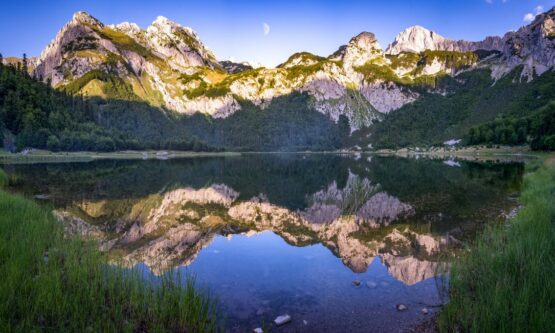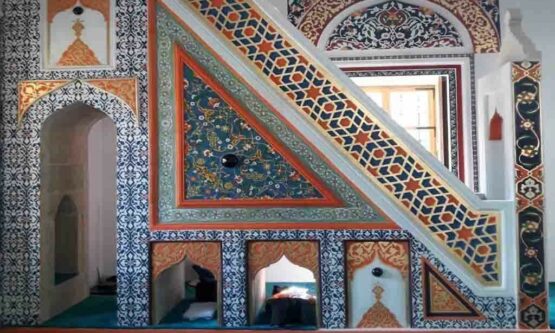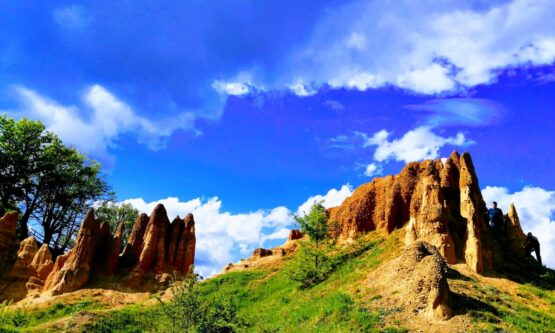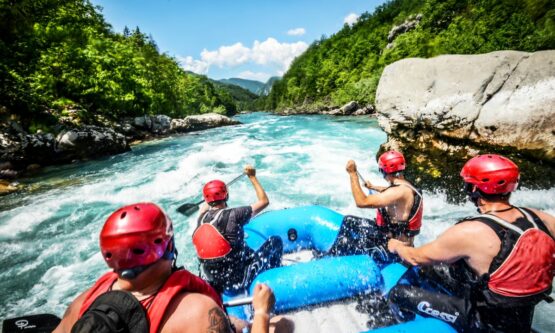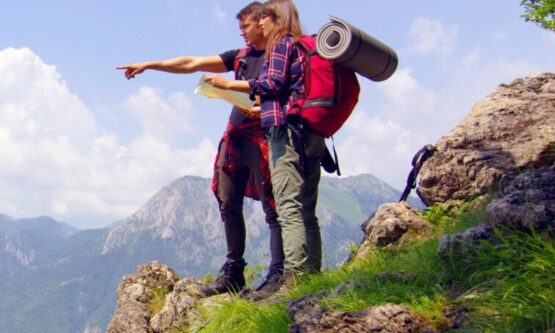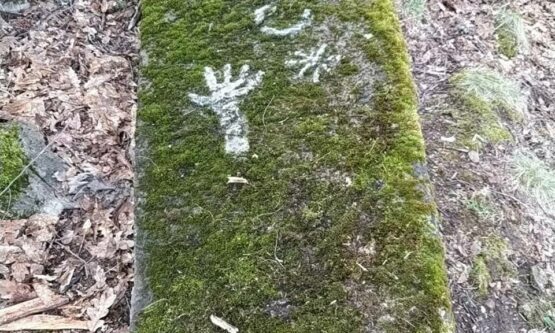Welcome to Foca
Foca is a municipality with highlights such as Sutjeska National Park, the Tara Canyon and the Sand Pyramids as comparative advantages in its tourist offerings. Sutjeska National Park is the largest and oldest national park in Bosnia and Herzegovina. The Tara Canyon is the deepest canyon in Europe (1300 meters above sea level) and the second deepest in the world. The Sand Pyramids in Foca are a rare natural phenomenon found in only 5 or 6 locations worldwide. What makes them fascinating is that humans had no influence on their formation, and they continue to grow due to erosion, rain, frost, sun and wind.
Culture
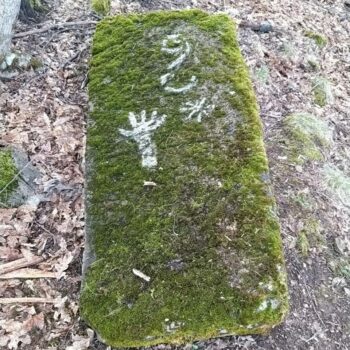
In written records, the Drina area in its upper course is first mentioned in the mid-12th century in the Chronicle of the Priest of Duklja as “Hotca” and “Choca”. “Hotca” was an important stop on the caravan route between East and West.
Numerous cultural objects and monuments in the Foca area are witnesses to traces of life from ancient times. In the Ledenjaca cave, which was declared a natural monument in 2015, prehistoric drawings from the Neolithic period can be found. In the village of Ribovici (Celebici) we can find rock paintings. Burial mounds, or stone tumuli are located in the areas of the villages Suha and Sadici.
During the time of Stefan Kosaca, there were fortresses in this area that served multiple purposes. These fortified towns were used for the rest of the nobles, while in times of war, they functioned as fortifications, observation posts and control points for caravans and travelers. Today, only ruins and stone piles remain of these fortifications (Todjevac, Vratar, Kosman, Prilep, Veletin…).
The Foca municipality is home to over 650 Stecak tombstones (clay tiles, flat, and sarcophagus types). They are located at various sites across the area, including Vrbnica, Celebici, Ninkovici, Sadici, and the area between Klek and Stirinsko lake. The Stecak necropolis Mramor (Crkvina) in Vrbica is among the 28 medieval Steak necropolises that were listed on UNESCO’s World Cultural Heritage list in 2016.
Significant cultural and historical landmarks in Foca include the Clock Tower, Bey’s House, the Sutjeska Battle Memorial Complex and numerous religious buildings. Naturally, as a “house” of culture, the Old Herzegovina Museum holds particular importance. Established in 1956, its exhibition space features displays of ethnographic collection from Foca’s history, Foca during the National Liberation Struggle, the Dr. Risto Jeremic exhibit and a memorial room dedicated to fallen soldiers of the Army of the Republic of Srpska.
Nature
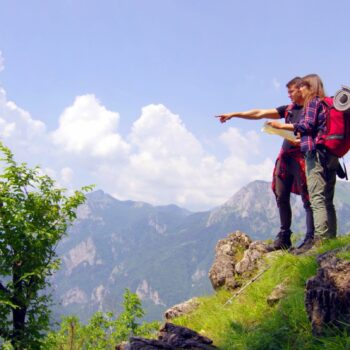
The phrase “breathtaking nature” perfectly describes this region. The abundance of Sutjeska National Park, with one of the most preserved rainforests in Europe, Perucica, combined with the Sand Pyramids, glacial lakes known as “Mountain Eyes”, rivers like Tara, Drina, Hrcava, and Cehotina and mountains including Maglic, Zelengora, Volujak, Vucevac and Lelija, creates unparalleled landscapes. Scenic viewpoints like Dragos Sedlo, Beskita, Prijevor, Boric, Grdacka Stijena, Dub, Zlatni Bor, Dulin Brijeg and Vranovina offer landscapes that many consider breathtaking.
Adventure

Adrenaline is a guarantee when visiting Foca. Whether you choose rafting, hiking, trekking, canyoning, climbing or cycling, you will enjoy a complete experience combining the anticipated thrill with the unique natural beauty of this region.
Foca is particularly known for rafting on the Tara and Drina rivers. The Tara river, one of the most beautiful rivers in Europe, has an 80-km-long canyon. With its depth of 1300 meters, the Tara canyon is the deepest in Europe and second in the world after the Grand Canyon. Its exceptionally clean water forms Europe’s largest natural reservoir of drinking water, earning it the nickname “The Tear of Europe.” The last 25 kilometers of the river flow through the Foca municipality.
For hikers and nature enthusiasts eager to explore the beauty of Zelengora, Maglic, Volujak, Bioc, Vucevac, Ljubisnja, Perucica and the Tara canyon, local mountaineering associations organize suitable programs.
More information can be found at: https://focaravajuce.org/sr/tours/planinarenje/
Foca, particularly the Sutjeska National Park, offers excellent conditions for hiking. Details are available at: https://focaravajuce.org/sr/tours/hajking/
Canyoning, one of the newest extreme sports is attracting an increasing number of adventurers. The Hrcavka canyon, located in the Sutjeska National Park stretches 13 kilometers, with tours lasting 5-6 hours and it is classified as moderately challenging. After a short briefing with experienced guides, participants embark on an unforgettable adventure that includes swimming, cliff jumping, navigating narrow passages (some as narrow as one meter), diving, and more. The canyon hides numerous cascades and waterfalls.
In addition to these activities, cycling routes, especially within Sutjeska National Park are highly appealing. Rock climbing is also popular, with the natural rock formation Ozren in the Bistrica Canyon being particularly interesting for climbers.
Gastro
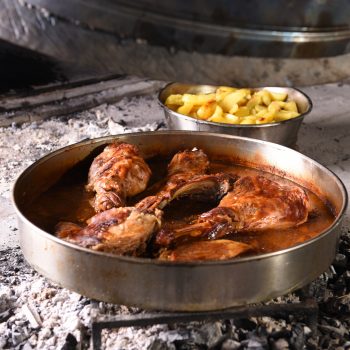
The abundance and beauty of the unspoiled nature of this region is also reflected in the aromas and flavors of its culinary offerings. Specialties include veal roasted under the bell (traditional metal lid) and lamb cooked in milk.
Sand Pyramids
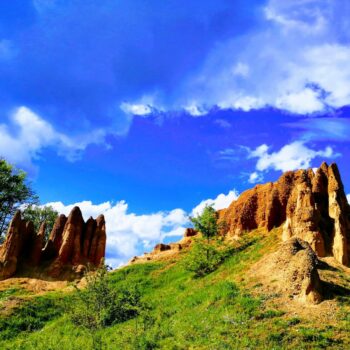
Located at the ninth kilometer of the old Foca–Miljevina–Sarajevo road in the village of Pirni Do, the Sand Pyramids are a true masterpiece of nature. This unique geomorphological phenomenon has been forming for many years. The erosion of the soil, influenced by the harsh interplay of frost, summer heat, rain and strong winds, created figures of fascinating shapes. Their form and composition resemble the pyramids in Colorado (USA), the Dolomites in Italy, the Valcea region in Romania, or the pyramids in Devil’s Town (Serbia).
The Sand Pyramids were first mentioned during the Austro-Hungarian period. The erosion process continues to this day, meaning that the pyramids do not disappear but instead grow. They can reach heights of up to 20 meters. These furrowed sandy pillars rise from broad bases, narrowing toward their tops, creating an extraordinary geomorphological rarity in this region. In the 1960s, scenes from the film Captain Lesi were shot at this attractive location.
Perucica Rainforest

The most valuable jewel in the treasure chest of natural wonders is Perucica, a protected natural reserve and one of the most well-preserved rainforests in Europe. Within this reserve and other parts of the park, there is an incredibly rich and diverse flora, including numerous endemic and rare species. In Perucica alone, over 170 species of trees and shrubs and more than 1000 species of herbaceous plants have been documented.
At the heart of Perucica is the Skakavac Waterfall, standing 75 meters tall with a water flow of 9–12 liters per second.
Battle of Sutjeska Memorial Complex
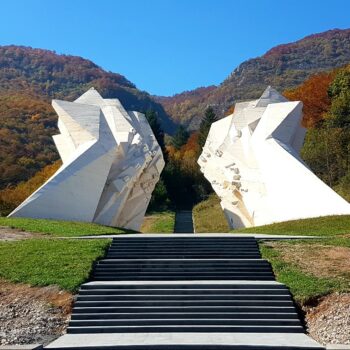
The Memorial Complex of the Battle of Sutjeska is a significant part of the tourist offering of Sutjeska National Park. It includes a rich cultural and historical heritage with numerous material remnants, written records and monuments from both ancient and modern history. Alongside its extraordinary natural features, Sutjeska National Park is renowned for the legendary Battle of Sutjeska. Its legacy is a constant attraction for visitors. The Memorial Complex comprises of the central monument by Miodrag Zivkovic, created in 1971, which holds great artistic and environmental value; the Battle of Sutjeska Memorial House – Panorama, designed by Ranko Radovic, whose walls are decorated with 13 frescoes by Krsto Hegedusic; and various other sites and monuments in the nearby and wider protected areas.
The Church of St. Sava
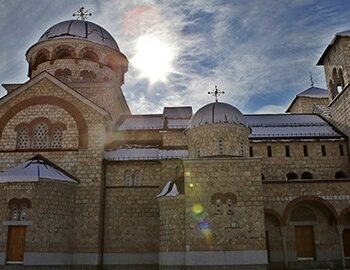
The Church of St. Sava, located in the center of the town on the right bank of the Cehotina River, is among the largest structures of the Serbian Orthodox Church in Republic of Srpska. The decision for construction was made in 1993, and the works began in 2006. Covering an area of 1500 square meters, regular liturgies commenced on Easter in 2013.
Aladza Mosque
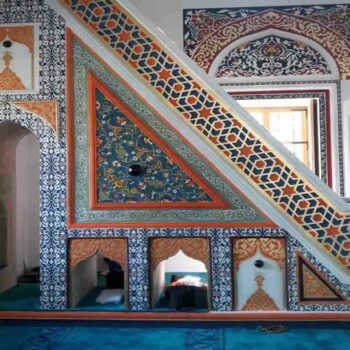
Aladza Mosque built in 1549 from hewn limestone with brick domes is noted for its vibrant and colorful wall ornamentation, which covered both the exterior walls and the interior portico. The name “Aladza”, meaning colorful, reflects its intricate decorations. Built by Hasan Nezir from the village of Grdijevici, the mosque is located in the heart of Foca and is considered one of the most beautiful mosques in Bosnia and Herzegovina.


